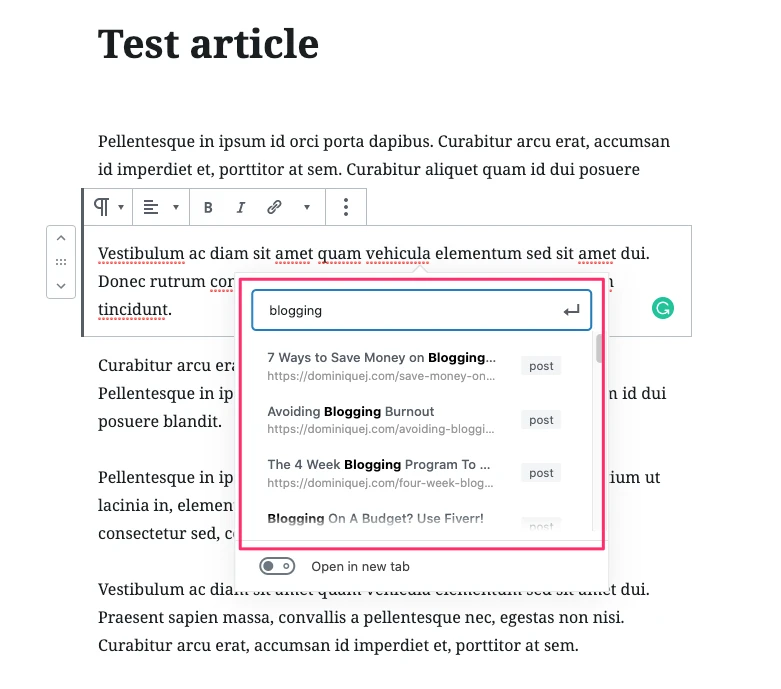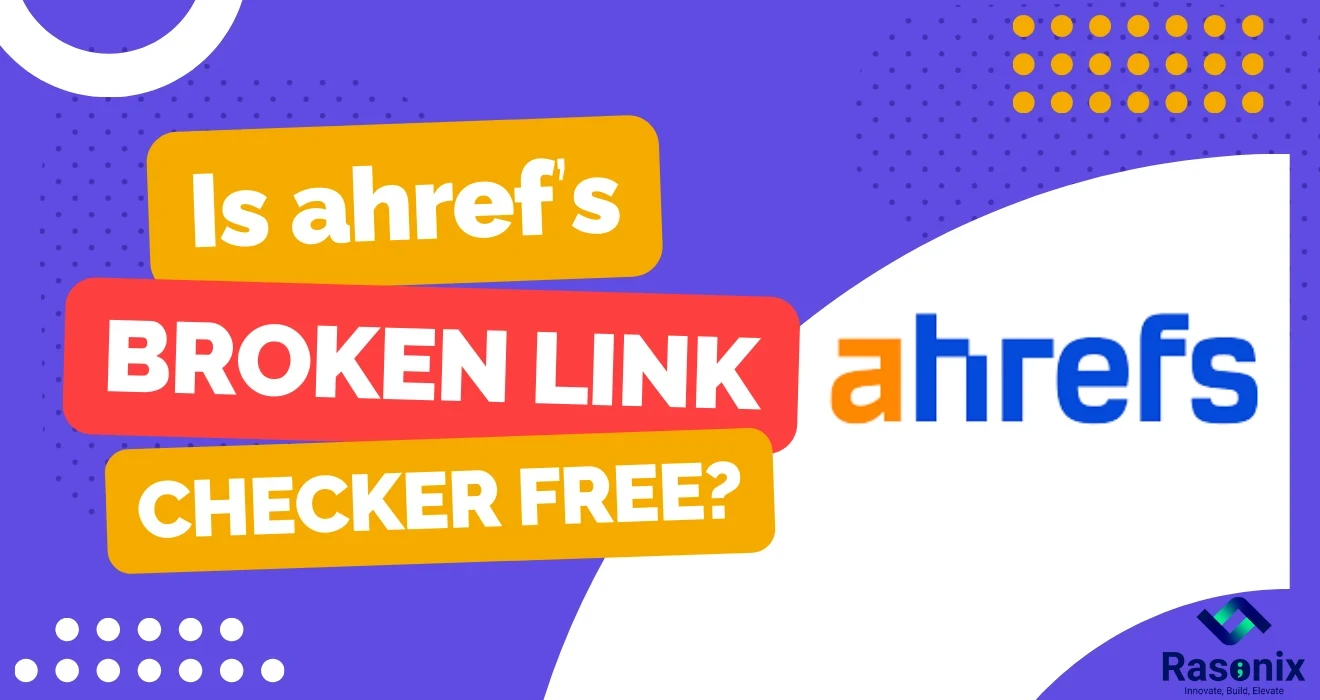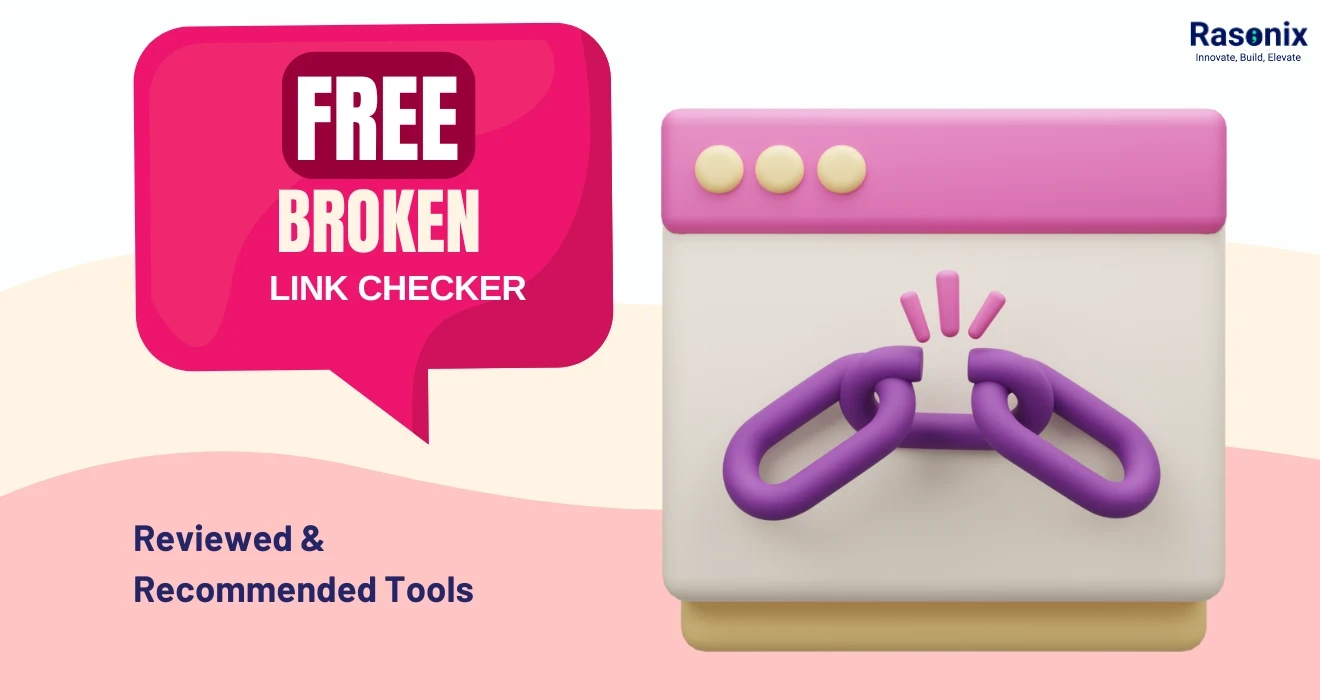Would you believe that 46% of all Google searches are for local information? This means that nearly half of internet users are searching for a business, product or service in the vicinity. If you are a small business and you do not pay heed to the local SEO checklist, the chances are high that you are losing out on potential customers who are eager to purchase from you. If your website is not optimized for local search then your competitor will be benefiting from those searches instead.
Local search rankings are important for small businesses. With global SEO, you're usually pulling in a general audience, while local SEO is pulling in people within your local area with the hope that your business comes up when they look for something you offer too. If you are a restaurant, an attorney's office, a dentist's office, or a boutique store, simply being discovered locally can mean more money.
The Challenges of Local SEO
Although it's essential, most small business owners fail in local SEO because they:
1. Don't fully understand how search engines optimize local businesses.
2. Don't find time to invest in site optimization.
3. Face technical issues with on-site SEO elements, including schema markup and mobile responsiveness.
With our assistance, your business could still go unnoticed by local customers. Don't worry, though!
Local SEO - A Quick Over View

During the course of this guide, we will give you a checklist for on-page local SEO that has 10 steps so that you can start making your local rankings improved in the search engines with ease.
A few examples have been included along the way to make each step easier to follow. You will use this checklist whether you are a complete newbie to SEO or an experienced marketer who wants to enhance your local search visibility. By the end of this guide, you will,
1. Understand key local search ranking on-page SEO factors.
2. Know how to optimize your website for local searches.
View examples to help you as you do local SEO checklist in real time. Let's begin!
Why is Local SEO Important?
By optimizing their presence in search engine results, local SEO allows businesses to get found by potential clients more easily. Unfortunately, a lack of knowledge, time or resources causes many small businesses to struggle with optimizing their websites.
For example, take a bakery in a neighborhood, trying to increase traffic to their store. If that bakery's site is not designed for local SEO, customers typing in "best bakery near me" into Google may simply not see that bakery. It could have the best products and service in the area, but it has lost online exposure and therefore sales.
How This Guide Will Help You
Aside from live examples, this e-book contains 10 On-Page Local SEO Checklists that you can use to improve the local search rankings of small businesses. Using this checklist is guaranteed to improve your site's performance, attract more local customers, and leave your competition in the dust. Before we start, let us talk about on-page local SEO and why it is important.
Understanding On-Page Local SEO Basics
1. On-Page Local SEO
2. Importance of On-Page Local SEO
3. Things that affect local On-Page SEO
What is On-Page Local SEO?
On-page local SEO involves optimizing different areas inside the web pages of your website to rank better in local search results. It is different from off-page SEO (which deals with backlinks and other outside signals) in that it is things that you can control, this includes optimizing the copy, structured data, metadata, images, and content structure.
Why is On-Page Local SEO Important for Small Businesses?
For small businesses as well as larger corporations, on-page SEO matters to help make sure that your site complies with the Google ranking factors so that local customers can locate your business. Doing your on-page optimization correctly will:
1. Improve local search positions.
2. Improve user experience and engagement.
3. Increase traffic to the website and overall conversions.
4. Create trust and credibility in your space.
Most Important Things That Affect Local On-Page SEO
1. Keyword optimization (using location-related keywords)
2. NAP consistency (Name, Address, Phone Number)
3. Local content strategy
4. Mobile-friendliness
5. Internal linking
6. Page speed optimization
7. Schema markup implementation
Along with on-page practices, it’s essential to understand why local businesses & SEO go hand in hand for driving sustainable growth.
The Role of Google Business Profile (GBP) in On-Page SEO
An SEO-optimized Google Business Profile (GBP) enhances on-page SEO processes to enhance local rankings. GBP details such as business category, location, and reviews help Google confirm your business is genuine and worth searching for to users. Always maintain your profile updated and SEO-optimized with accurate keywords, pictures, a business description, and customer reviews.
Let's walk through the 10-step checklist to maximize your on-page local SEO with examples for simplicity.
The 10 On-Page Local SEO Checklist 2025
1. Optimize Your Google Business Profile (GBP) Page

Why It Matters:
Optimized GBP page correctly assists in improving local rankings and Google Maps visibility. This is among the most significant steps in local SEO checklist since most customers are searching for businesses near them on Google Maps.
Steps:
1. Verify and authenticate your GBP listing through Google.
2. Verify the business name, address, and phone number (NAP) are consistent and current as they appear on your site.
3. Post excellent photos of your business, products, or services.
4. Make use of the most descriptive categories of businesses listed and add a compelling description.
Update business operating hours and holiday schedules frequently.
Encourage excellent customers to write positive reviews and manage these reviews professionally.
2. Local Keyword Optimization

Why It's Important:
Including local SEO keywords specific to your location helps search engines easily understand where your company is located and what you offer, and therefore raise your level of ranking for local search.
Steps:
1. Apply the use of SEO tools like Google Keyword Planner and Ahrefs to identify traffic-rich local keywords.
2. Make title tags, meta descriptions, and headings optimized with local keywords.
3. And, include keywords organically in website content without keyword "stuffing.".
4. Create local landing pages for the local areas you serve.
3. NAP (Name, Address, Phone) Consistency

Importance:
Ambiguous NAP information creates confusion to search engines and consumers alike, leading to search ranking and trust loss.
Steps:
1. Make sure you have NAP consistency on all online directories like Yelp, Facebook, and local listings.
2. Make sure NAP information is verified on all your profiles and websites.
3. Regularly monitor all the listings to search for inconsistencies and refresh the NAP information.
4. Location-Specific Content Creation
Why It Matters:
Target content towards your target local audience can give your engagement, trust, and SEO a boost.
What to Do:
1. Create location-specific service pages for every locality you operate within.
2. Write about local events, local news, and local case studies relevant to your line of business.
3. Utilize customer reviews and success stories of local customers.
5. Mobile Optimization

Why It's Important:
Over 60% of local searches are mobile. Therefore, a mobile-friendly website is essential for driving conversions.
What to do:
1. Make it responsively designed to ensure that it looks just as good on whatever device it is displayed on.
2. Optimize page loading using compress images and offer browser caching support.
3. Offer easy navigation, linkable phone numbers, and readable font styles.
6. Schema Markup Implementation

Why It matters:
Offers the ability to display rich results including business hours, user reviews, address and the likes.
How to:
1. Implement Local Business Schema Markup on your website.
2. Check your schema markup through Google's Structured Data Testing Tool.
3. Maintain your schema markup up to date in order to share correct business information.
7. Internal Linking Strategy

Why It Matters:
Enhances site navigation, guides search engines to understand site structure, and improves ranking.
Steps:
1. Internal link to relevant internal pages in blog posts and service pages.
2. Use keyword-rich anchor text to improve SEO relevance.
8. High-Quality, Localized Content
Why It's Important:
Creating quality content turns your business into a go-to industry leader. By sharing value and intelligently structured commentary, you will have repeat visitors that will contribute to engagement and loyalty. Combined with the instructive, the user experience is improved, and search engines are going to reward your site with value and integrity, boosting organic traffic.
Next steps
1. Post extensive blog posts targeted at local topics and your would-be customer's pain points.
2. Research and learn what your market is struggling with, and then come up with relevant and usable content.
3. Be friendly in tone, and relaxing as you place local keywords in content wherever they are needed.
9. Online Review Management

Why It Matters:
Positive feedback builds credibility, improves search rankings, and builds customer trust. Positive feedback generates purchases, but negative ones can ruin your reputation online.
Action Steps:
1. Ask Happy Customers to Review: Politely ask happy customers to review your Google Business Profile (GBP), Yelp, or any useful host.
2. Obtain Reviews from Multiple Places: Make sure to collect reviews on more than one site like Google, Yelp, Facebook, or another hosting site specific to your business (e.g., industry-specific websites for physicians or service providers).
3. Reply to All Reviews: Reply to all positive reviewers and, if needed, reply to a negative review so potential clients can see it, too. Doing reviews effectively and consistently will not only obtain you new clients but also establish trust for your business.
10. Page Speed Optimization
Why It Is Important:
Slow site speed might annoy visitors, boost bounce rates, and adversely affect SEO. When your website loads faster, users will stay longer and will convert at higher rates.
Steps:
1. Optimizing images is an easy way to boost your website's speed. Using web tools like WebP and TinyPNG will enable you to compress and resize your images without losing quality.
2. Caching enables a web page to cache some data on a user's device, and when the user comes back, the web page loads quicker.
3. Caching plugins such as WP Rocket will simplify this for you. Use a CDN - A CDN (Content Delivery Network) will enable a site to load the site from a local server, which will reduce lag and increase speed.
Local SEO is no longer something to be thought about; it's something that small businesses have to do in order to stay competitive and attract more local customers.
Conclusion:
Check through all the examples now that you've worked through each part to make the Local SEO Checklist process smooth. Start with the basics, see how you can optimize your Google Business Profile and make sure that you verify and standardize your business name, address, and phone number on all platforms. Be prepared to tackle these step by step and don't forget to monitor your progress along the way.
Use tools like Google Analytics and Google Search Console to monitor what is working so you can continue to refine your strategies. If you're stuck or don't know where to start, Rasonix will make it easy. We provide SEO, web design, and online marketing services that help businesses expand online. Your project is in good hands with us, whether an SEO audit, local search optimization, or a brand new site, we can get results!
Take your business to the next level! Get a free consultation for local SEO today! Contact Rasonix Now!
SPECIAL OFFER!!!
We greatly value your feedback, and we would like to show our appreciation with a special offer!

CLICK HERE to see the details! After completing your review on Clutch, Rasonix will shoot you a $500 discount code toward a new website. Whether you're thinking about an eCommerce store, a stylish Portfolio or a Blog, we have it all!



























 Subscribe Now
Subscribe Now